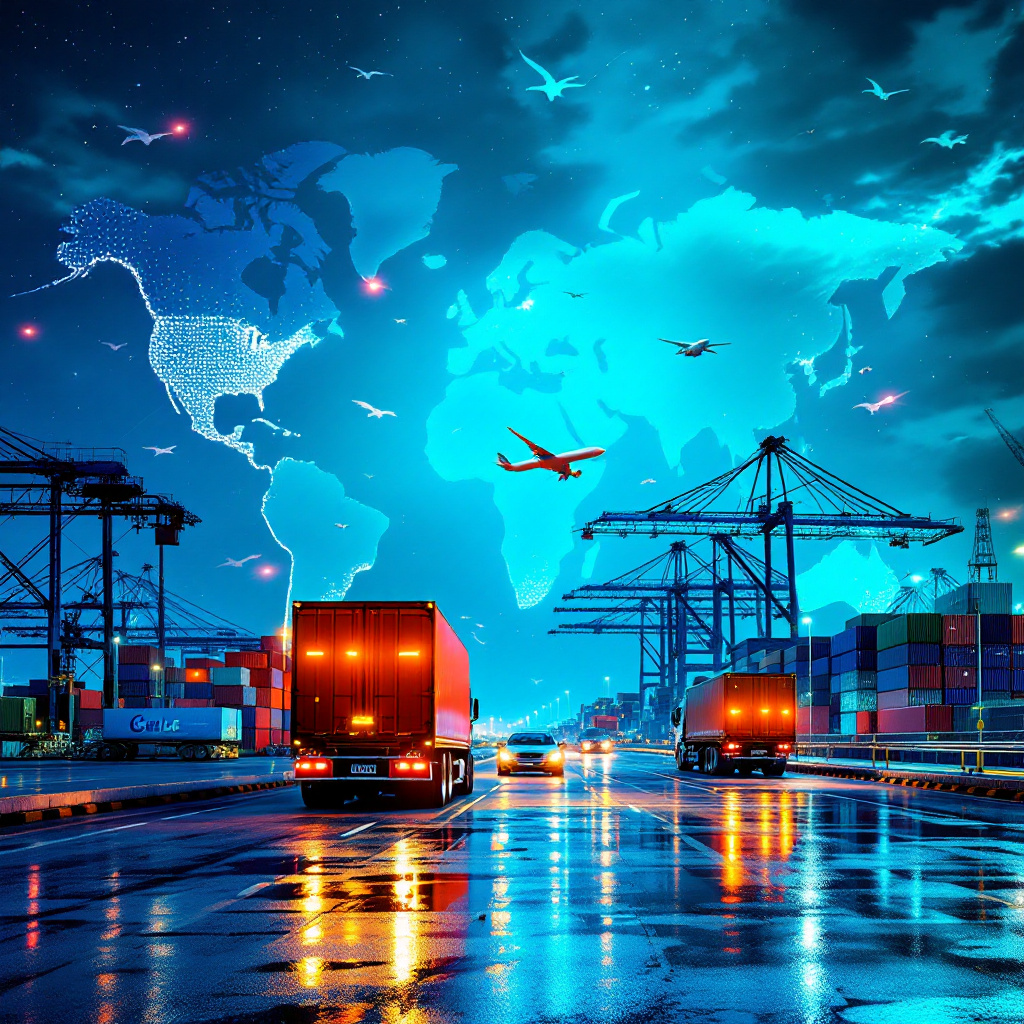International logistics in 2025 faces serious challenges that demand effective solutions to maintain global supply chain stability and efficiency. This article explores key industry issues and approaches to overcoming them across different regions worldwide.
1. Geopolitical Instability and Its Impact on Logistics
Conflicts, sanctions, and trade restrictions create uncertainty for global transport. Attacks on ships in the Red Sea force rerouting, increasing delivery times and costs. European tensions from sanctions against Russia and Belarus complicate logistics between the EU and the Eurasian Economic Union. In Asia, trade disputes between China and the US, along with export restrictions on key technologies, slow the supply of electronics and high-tech goods. Latin America faces transport disruptions due to Venezuela’s instability and Brazil’s infrastructure issues.
Solutions:
- Diversifying routes: Developing alternative corridors, including expanding railway networks through Central Asia and the Arctic.
- Flexible planning: Using forecasting and risk-monitoring technologies for rapid cargo redirection.
2. Environmental Sustainability and New Emission Standards
Tighter environmental regulations and growing public concern over CO₂ emissions increase pressure on logistics. Europe enforces strict freight transport emission caps, pushing adoption of electric and hydrogen-powered vehicles. Meanwhile, China boosts investment in zero-emission port infrastructure, and the US promotes alternative fuels for air transport.
Solutions:
- Investing in green technologies: Transitioning to low-emission vessels, alternative fuels, and electric vehicles.
- Optimizing routes: Leveraging software to cut fuel consumption and carbon footprints.
3. Digitalization and Cybersecurity Risks
As digitalization expands, cyber threats pose major risks to logistics companies. Recent cyberattacks on major ports in the US, Europe, and Asia disrupted container terminal operations and caused financial losses. Increasing reliance on digital systems makes security vulnerabilities a growing concern.
Solutions:
- Enhancing cybersecurity: Strengthening data protection, implementing regular software updates, and training employees.
- Integrating digital platforms: Using cloud-based TMS and WMS to boost transparency and efficiency.
4. Labor Shortages and Automation
The logistics sector in Europe, North America, and Japan faces significant labor shortages. In contrast, Southeast Asia experiences a growing skilled workforce, creating regional labor imbalances. Companies struggle to fill positions for truck drivers, warehouse workers, and logistics coordinators.
Solutions:
- Automating processes: Deploying warehouse robotics and autonomous trucks.
- Investing in workforce training: Supporting educational programs and reskilling employees in digital logistics.
5. Financial Barriers and International Transactions
Sanctions and currency volatility complicate global transactions, particularly in economically unstable regions. Banking restrictions between the EU and Russia, US-China trade barriers, and inflation spikes in Latin America present added difficulties. Global financial uncertainty affects supply chain predictability.
Solutions:
- Utilizing payment intermediaries: Partnering with specialized financial institutions to bypass restrictions.
- Implementing financial planning: Developing hedging strategies for currency risks and diversifying payment methods.
6. Infrastructure Constraints and Port Congestion
Growing global trade has overwhelmed major ports, especially in Asia and North America. In China, container terminals operate at full capacity, while US West Coast ports face record delays. Port inefficiencies cause supply chain disruptions and rising operational costs.
Solutions:
- Expanding port capacity: Investing in modernization and automation to streamline cargo processing.
- Promoting multimodal transport: Increasing rail and road integration to ease pressure on seaports.
7. E-commerce Growth and Changing Consumer Expectations
Consumers in developed economies demand faster deliveries, while emerging markets see booming online sales. In China and India, instant delivery services gain traction, whereas Europe shifts towards environmentally friendly logistics. Customer expectations continue evolving with technological advancements.
Solutions:
- Expanding local warehouses: Establishing regional distribution centers.
- Improving tracking systems: Deploying IoT and blockchain to enhance supply chain transparency.
Conclusion
International logistics in 2025 faces numerous challenges that require adaptive strategies and innovation. Western countries address infrastructure and labor shortages, while Eastern nations adjust to shifts in global trade and digital transformation. Companies that swiftly adapt, invest in technology, and train personnel will secure stronger positions in international logistics.


